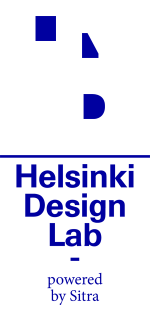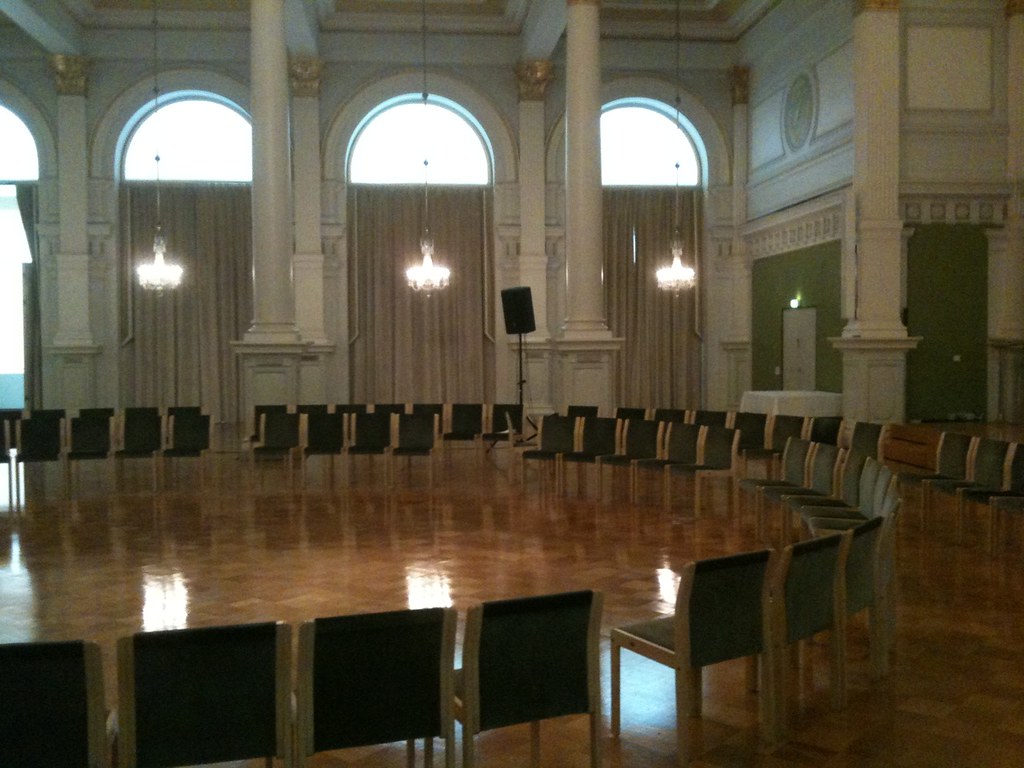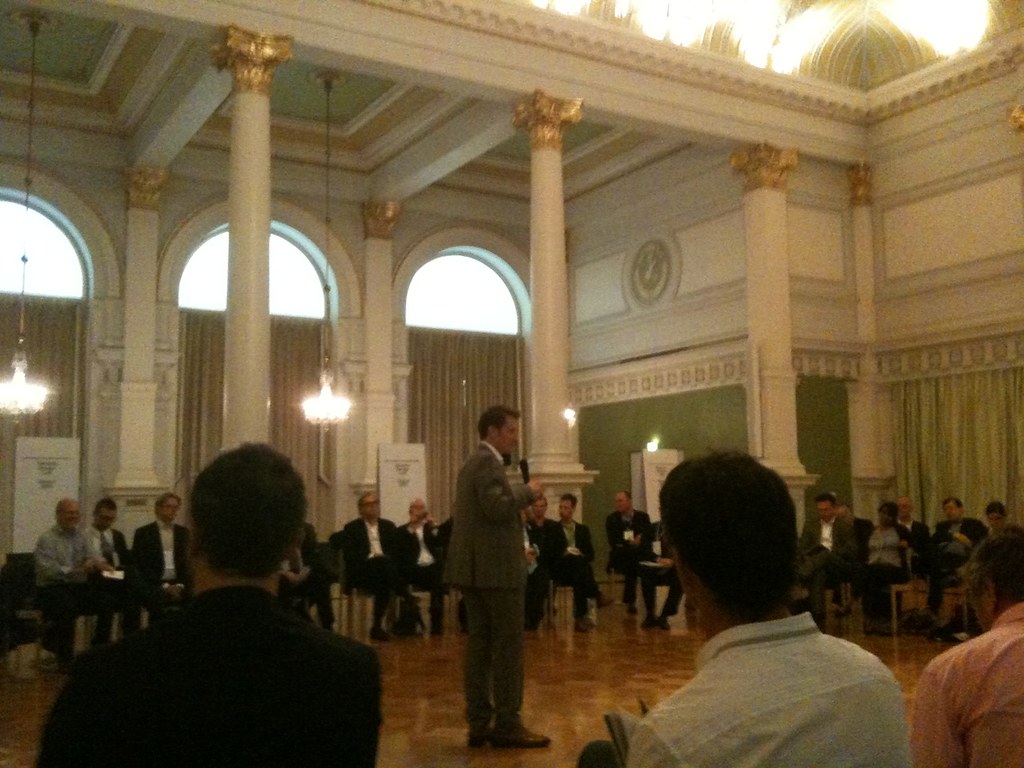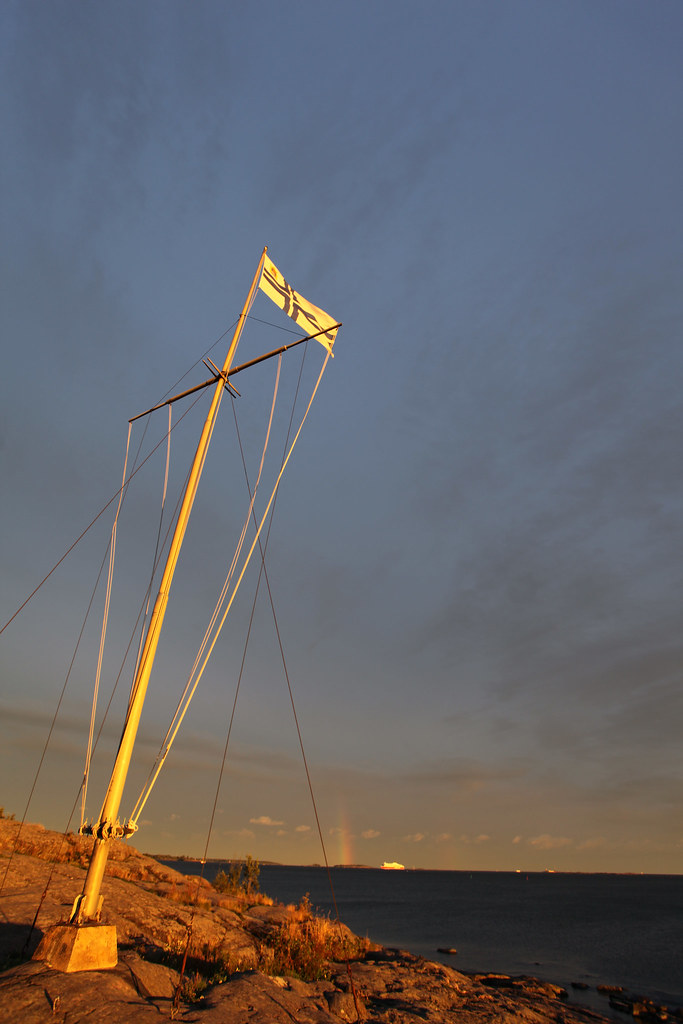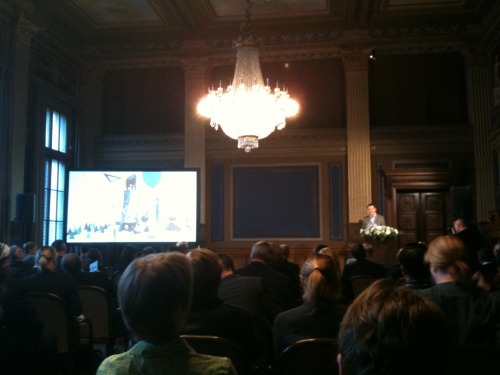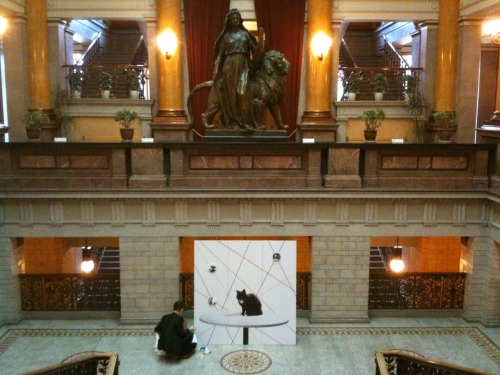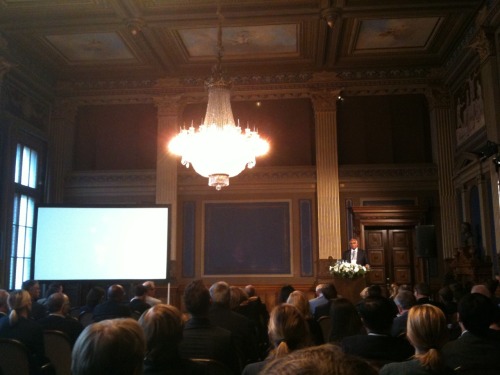HDL Global
As we've just finished the third and final day of HDL Global 2010, I thought it would be nice to share the welcome letter that set the course for the last three days of conversation since it also defines the underpinnings of our work at HDL.

Welcoming participants on day one of HDL Global. Photo: Pekka Mustonen
We find ourselves at a critical crossroads. Large scale challenges such as climate change, healthcare, and ageing demographics—just to mention a few—are eroding the foundation on which our societies have been built. While the world is thriving with knowledge, innovations, and good will, there is little positive sum progress at this scale, on these fronts.
Our fundamental problem is that we are organized for an 18th century world, facing 21st century problems. Our academies of learning, our governmental structures, and our professions are siloed by boundaries that do not match the needs of the world we live in.
So what is unique about today’s challenges? They fall at the intersection of what we know; they have multiple owners; they are riddled with legacy issues; they are of a scale that transcends normal innovation challenges; and they are continually evolving. While traditional models of innovation and design have focused on optimizing individual parts, we have not been able to transition our capabilities to address the “architecture of the problem.” Big picture dynamics will govern our future, this is where we need to work urgently.
It’s where there’s a new role for design to help shape strategic decisions, beyond its traditional role giving form to products.
But why are we meeting in Finland? It’s simple: as Finland goes, so goes the world. When it comes to 21st century challenges, Finland has the right scale and ecosystem to be an innovation engine. Where competiveness in the past might have been defined by terms of scale and economic might, today being small and well integrated is a new competitive advantage. But we can’t limit ourselves to our national boundaries. Rather, we need to leverage all of the great pockets of innovation around the globe to think of Finland as a platform for innovation at a systemic level.
The other asset we bring is Sitra, The Finnish Innovation Fund, an independent fund that reports to parliament. While governments face tremendous redesign challenges, there is no commercial consultancy model for this work. There is no line item within government agencies for redesign, nor is there generally a readymade “client.” To be truly effective, design is not something that can happen to government, it must happen within government through the creation of educated clients and new collaborative approaches. Sitra’s financial and political independence enables it to help de-risk this development.
By joining us we hope you become part of a growing community that believes in the ability to develop new approaches to today’s systemic challenges. To collectively redesign our future is something that can only happen with the help of people like yourself. Together we are building a global community that is united by this common mission.
Editor's note: We offered this blog as a platform to four HDL Global participants who are documenting the event for everyone to get a glimpse of how things are going down. This is one such post by Rory Hyde.
I’ve found myself today continually asking a strange question, ‘where is the bus schedule?’ Marco Steinberg, Director of Strategic Design at Sitra, gave us a compelling example in his opening remarks this morning, which I feel captures a main theme of HDL 2010 so far.
Apologies to Marco, as he tells it well, but the gist goes as follows:
Upon noticing that the patronage of a local swimming pool had fallen unexpectedly, local councillors went to the scene to investigate. They found a dilapidated building, with broken windows and outdated facilities. The problem was clear; people were no longer using the pool because it was too old and tired. Naturally, a new building was the answer.
Or so they thought. The architects commissioned to redesign the facility found in their research another cause which the councillors had overlooked: the bus schedule had been revised to make getting to the pool incredibly inconvenient. The problem wasn’t the building, but the system of transportation that this building was serviced by.
There are a number of relevant layers to this nice anecdote. First is of course to analyse a problem in its next largest context – a lesson Finns know all too well – as it’s famously captured by national icon Eliel Saarinen: ‘consider a chair in a room, a room in a house, a house in a…’ you get the idea.
Secondly, is the importance of systems. The world has become an incredibly complex place, and with this complexity we have inherited some incredibly complex challenges. Healthcare, ageing, sustainability and education are issues that do not respect traditional disciplinary boundaries. They require a coordinated and systematic approach in order to understand and manage them. In this case, the bus schedule was a hinge point to this system, impacting the patronage of the pool, which could have flow on effects to the health of the community.
But perhaps the most instructive lesson in this story is that it was the architect who found the bus schedule. The position of the designer as a free-thinking, flexible, creative and integrative figure is recurring one at HDL. As a designer myself, of course I like this idea. It’s a chance to re-integrate ourselves into a process where perhaps we’ve been largely marginalised as ‘stylists’ – pushed further and further down the process chain beyond where our ideas can influence the big picture.
And all in all, there seems to be agreement on this from both ‘government’ and ‘design’. Policy-makers and politicians can see the clear benefits and are keen for new ideas, and the designers are equally keen to be involved. It reveals is a new niche, a demand for the integrator, the ‘strategic designer’, or the ‘professional generalist’. It’s a big responsibility, and I just hope we designers don’t miss the bus.
Editor's note: We offered this blog as a platform to four HDL Global participants who are documenting the event for everyone to get a glimpse of how things are going down. This is one such post by Ido Mor.
The Helsinki Design Lab is inspiring its global audience to attack their most pressing, intractable challenges using a systems-oriented approach to problem solving. At the heart of discussions over the past two days, we’ve heard experts in policy and various industries emphasizing the need to focus as much on the architecture of the problem, as we do on the architecture of the solution, and to leverage a multi-disciplinary approach in the process.
Ageing populations, education, and sustainability were the subjects of a series of lively panel discussions. A common thread running throughout these topics is the fact that their problem space cannot be summarized as a puzzle, but must be considered as a mystery. The primary difference between puzzles and mysteries is that the latter offers us no reference points as to what the final outcome will look like. As such, our problem-solving toolkit for puzzles is rendered ineffective in the mystery space – though unfortunately we find that the same toolkit is often applied to both.
As policy makers, engineers, scientists, and designers, our job becomes to de-risk the options we propose. We heard repeatedly yesterday and today that the best starting point for doing this successfully is to zoom out before zooming in. This often feels counter-intuitive, especially when urgent pain points are screaming in our face, but it’s the only way we can begin to transform the systems that generated the predicaments we’re currently facing. Looking forward to more great discussions tomorrow.
Editor's note: We offered this blog as a platform to four HDL Global participants who are documenting the event for everyone to get a glimpse of how things are going down. This is one such post from Anna-Leena Vasamo.
As the second day of HDL Global 2010 is coming to an end, it’s a good time to take a minute to recap how the event has been so far. Over the last two days it’s been inspiring to meet and listen to so many brilliant people who are all well-respected individuals in their own fields of expertise. The past two days have moved from defining strategic design to discussions of its application to themes of sustainability, education and ageing. As one guest put it, the starting point to strategic design is “accepting complexities” instead of reducing and simplifying problems early in the process. Based on the discussions, I feel like that idea is being embraced by everyone at the event. It’s a unique thing to experience and the enthusiasm and energy of the guests is sure to lead to many actions beyond talk. With one more day to go, I can only say that HDL Global has been a pleasure and privilege to be a part of.
